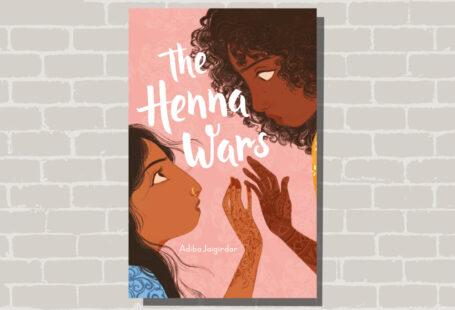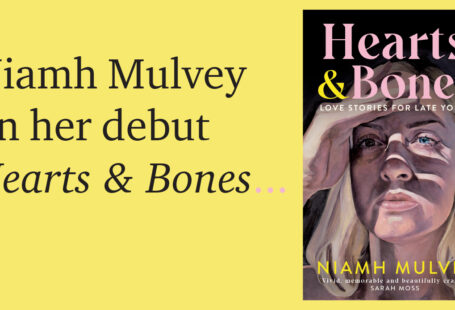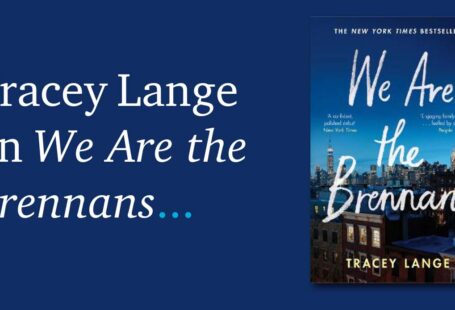When I began writing Let Me Go Mad In My Own Way, I returned to characters I had already spent time with. Claire and Tom first appeared in a short story I wrote for The Paris Review. I was curious about what happened to them after the events of that piece — and, as it turned out, I was intrigued by what kind of childhood Claire had. Why was she running away from her home to live in London, and what of her mother? That curiosity became a story about family, place, and how the weight of history is carried forward, often quietly and unconsciously.

Claire returns from London to the west of Ireland to care for her dying father. After his death, she is left alone in her childhood home, struggling with inertia, particularly after the isolation of lockdown. The Old House behind the family bungalow — along with various seemingly ordinary objects — begins to reveal layers of the past. When Claire’s ex-boyfriend Tom moves back to the area from London, and complicates her efforts to move on.
The story moves across time periods, including a day in 1990 that leads to a disastrous family event. This uncovers a story involving the Black and Tans in the 1920s. The story peaks at a dinner party at the novel’s end — a scene influenced in part by Chekhov, and specifically by Uncle Vanya (with a nod to Andrew Scott’s brilliance). I really wanted to set a tense dinner party in the west of Ireland with a motley crew around a table. Something about food, and the Irish history with food, the upward mobility of my generation intrigued me.
Although Claire and Tom were my entry point, the novel ultimately became a way for me to explore how the legacies of national history shape personal lives, particularly for women. It is also the final part of a loose trilogy of my novels that examine institutions — first a hospital, then a school, and now, in this book, the family home itself. It unearths the ordinary ways in which the past continues to live alongside the present, the banality of everyday juxtaposed with the brutality of the past, often unnoticed until something forces it to the surface. Writing this book reinforced for me the idea that unresolved histories rarely disappear — whether in families or in countries. The experience also made me more aware of how easily domestic spaces, often thought of as places of safety, can become sites of devastation.
My influences came from all directions — personal experience, conversations, history, music, and other books. I returned to Percival Everett (Erasure), Sunjeev Sahota (The China Room), Annie Ernaux (Shame), and Edna O’Brien (The Country Girls). The 1920s’ sections involving the Black and Tans, were influenced by the chorus style of Greek tragedy — particularly Anne Carson’s translation of Electra.
In the end, Let Me Go Mad In My Own Way became a novel about inheritance — of memory, of silence, women’s stories and agency, and love in the shadow of violence.





